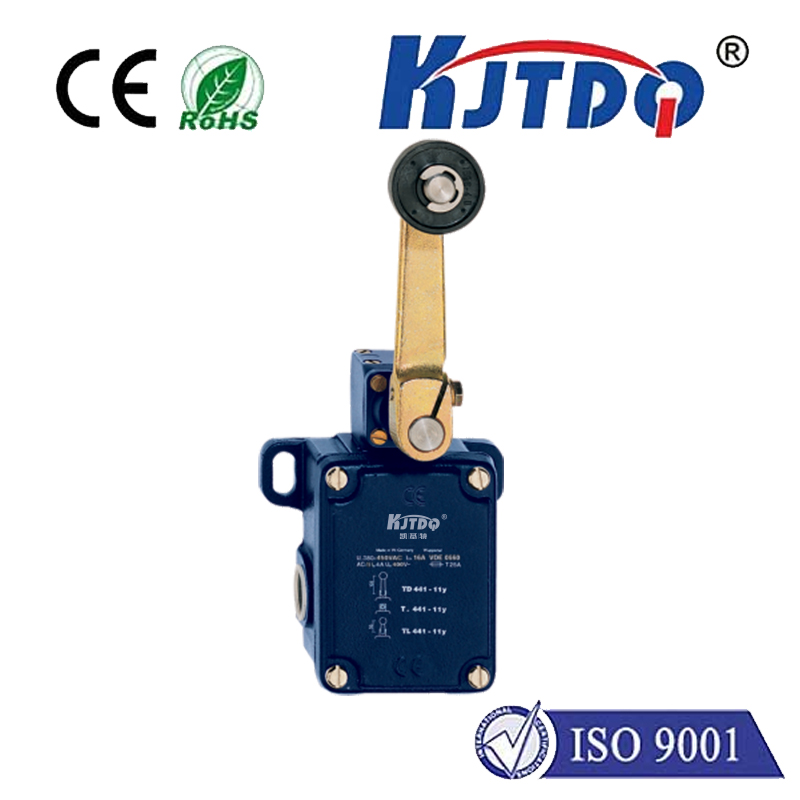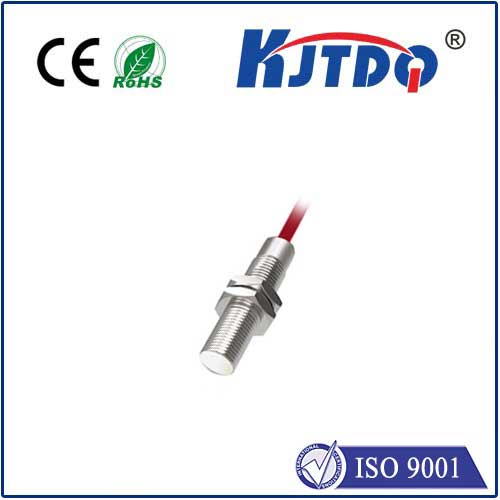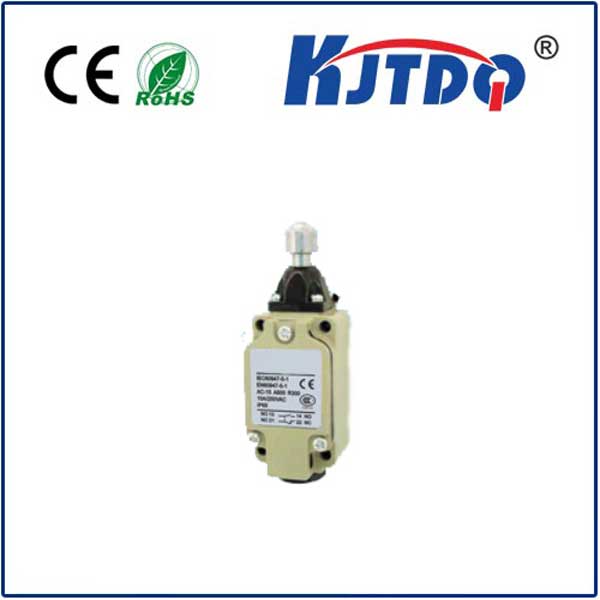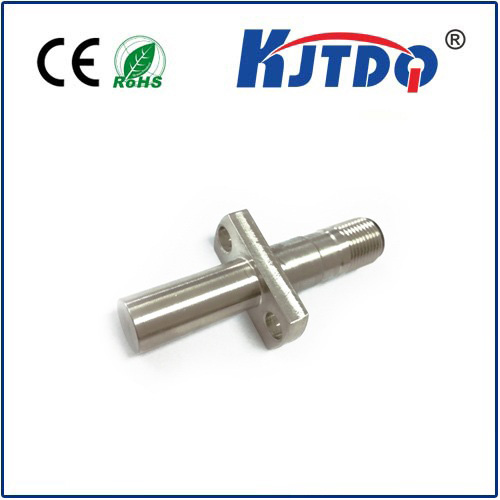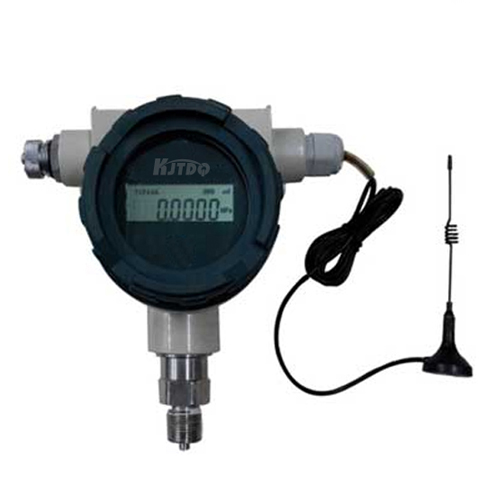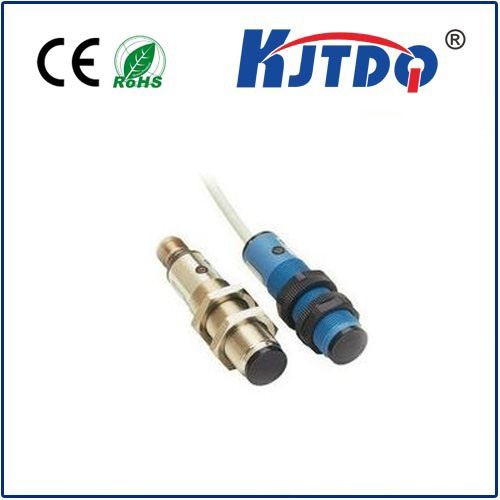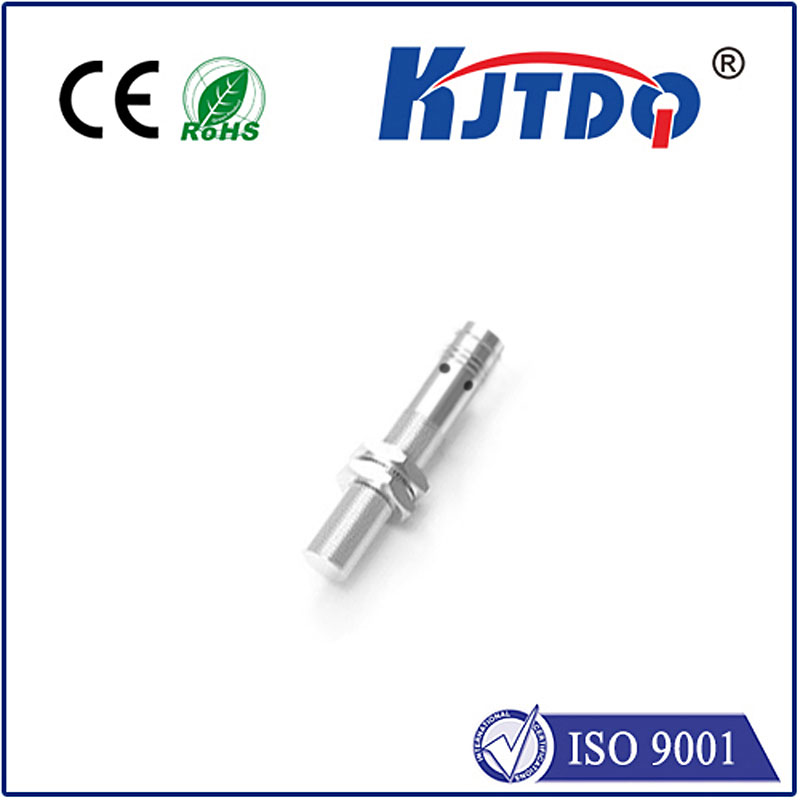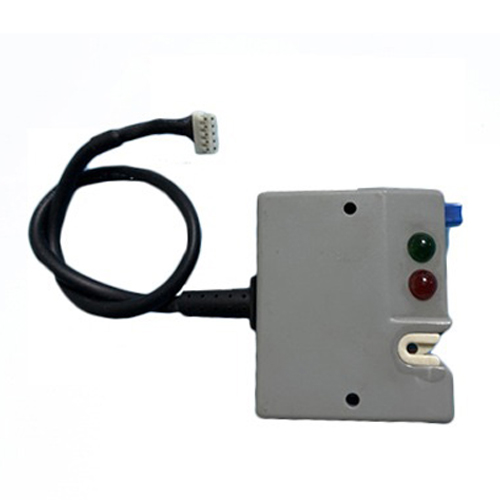photoelectric sensors: v180-2
- time:2025-09-11 02:17:13
- Click:0
V180-2 Photoelectric Sensors: Powering Precise Detection Across Industries
Imagine a high-speed bottling line. Thousands of containers whizz by every hour. Missing just one cap could mean a costly product recall. Suddenly, a tiny sensor beams an invisible light – it spots the missing cap instantly, triggering a rejection mechanism. The faulty bottle is removed flawlessly. This is the everyday heroism of photoelectric sensors, and the V180-2 series exemplifies the precision and reliability modern automation demands.
Photoelectric sensors, like the V180-2, are fundamental components in countless industrial settings. They work on a simple yet powerful principle: emitting a light beam (usually infrared, visible red, or laser) and detecting changes in the received light intensity. When an object interrupts or reflects this beam (depending on the sensing mode), the sensor triggers an electrical signal. This makes them ideal for detecting presence, absence, positioning, counting, and even colour discrimination without physical contact.
Understanding the Photoelectric Advantage
Compared to mechanical switches, photoelectric sensors offer significant advantages:

- Non-contact Sensing: Eliminates wear and tear on both the sensor and the target, ensuring long operational life.
- High Speed: Capable of detecting objects moving at very high velocities far beyond mechanical limits.
- Versatility: They can detect almost any material – transparent, opaque, metallic, or non-metallic – depending on the chosen type and technology.
- Long Sensing Ranges: Certain models can detect objects over considerable distances.
Introducing the V180-2: Compact Powerhouse for Demanding Applications
The V180-2 photoelectric sensor series represents a specific line known for its robust performance in a remarkably compact form factor. While specifications can vary slightly by manufacturer and model suffix (e.g., V180-2D3NP, V180-2D4N), this series consistently delivers core benefits tailored for industrial environments:
Miniature Size: The defining feature. The V180-2’s incredibly small housing allows installation in space-constrained locations where larger sensors simply wouldn’t fit. This is crucial in modern, densely packed machinery and robotic cells.
Diverse Sensing Modes: Typically available in popular configurations:
- Diffuse Reflective (Proximity Mode): Emitter and receiver in one housing. Detects objects by the reflection bouncing back from the target itself. Simple to install, ideal for detecting non-reflective objects at moderate ranges.
- Retroreflective: Emitter and receiver in one housing. Requires a reflector (mirror-like prism) opposite the sensor. The target breaks the beam between the sensor and the reflector. Offers longer sensing ranges than diffuse mode and excellent performance with smaller objects or in dusty environments (compared to through-beam).
- Though less common in this specific miniature series, Through-Beam variants might exist elsewhere – this type uses separate emitter and receiver units for maximum range and reliability.
- Environmental Resilience: Engineered to withstand the rigors of the factory floor:
- Robust Housing: Typically rated IP67 or higher, offering excellent protection against dust ingress and temporary water immersion (like washdown splashes).
- Electrical Noise Immunity: Designed to operate reliably in electrically noisy industrial environments.
- Vibration/Shock Resistant: Stable performance even in applications subject to vibration.
- Electrical Output & Wiring: Commonly features:
- PNP or NPN switching outputs. (The “P” or “N” in the model suffix usually denotes this, e.g., V180-2D3NP is an NPN output).
- 3 or 4-wire connection. Often includes models with both a Normally Open (NO) and Normally Closed (NC) output signal wire, plus V+ and V- (0V/GND) wires, providing versatile integration into different PLC systems.
- Potentiometer Adjustment: Many V180-2 models include a small potentiometer accessible via a screwdriver slot. This allows for fine-tuning the sensitivity directly on the sensor. This is vital for:
- Optimizing detection of difficult targets (very dark, shiny, or small objects).
- Compensating for slight misalignment.
- Avoiding false triggers from background objects or varying ambient light conditions.
Where the V180-2 Excels: Real-World Applications
The combination of compact size, reliability, and flexible sensing modes makes the V180-2 photoelectric sensor a go-to solution across numerous sectors:
- Packaging Machinery: Detecting carton flaps, verifying product presence in boxes, counting bottles/cans, controlling label application, confirming cap placement. Its small size is perfect for intricate packaging heads.
- Material Handling: Monitoring conveyor flow (object presence/absence), detecting jams, positioning pallets, verifying part pickup/drop-off in automated guided vehicles (AGVs) or robotic arms.
- Automotive Assembly: Ensuring components are present before assembly steps, detecting small screws or clips, verifying door/window positions, confirming welding studs.
- Pharmaceutical & Food Production: Inspecting blister packs for missing pills, detecting fill levels in containers (often using its sensitivity adjustment for clear materials), verifying tamper seals. Its IP67 rating often meets hygiene zone requirements.
- Electronics Manufacturing: Verifying component placement on PCBs, detecting tiny connectors, counting small parts moving on feeders, ensuring screws are driven.
- Textile Industry: Monitoring yarn breaks, detecting selvage edges, controlling fabric feed.
Implementing V180-2 Sensors Effectively
To maximize performance:
- Select the Right Mode: Choose diffuse for simple presence detection where space is limited and reflectors aren’t feasible. Opt for retroreflective for longer ranges, small object detection, or dusty environments where a reflector can be positioned. Through-beam delivers ultimate range/reliability where separate units are practical.
- Mount Securely: Use appropriate brackets to ensure stable positioning and prevent vibration from causing misalignment.
- Align Precisely: Especially critical for retroreflective models. Ensure the sensor is directly facing the reflector center.
- Fine-Tune Sensitivity: Use the potentiometer. Begin with the sensor facing the background/target area without the object present. Slowly adjust until the output state changes (indicating it’s seeing the background). Then introduce the target and confirm reliable detection. Adjust slightly away from the “just triggered” point for margin of safety.
- Consider Ambient Light: While resistant, extreme direct sunlight or powerful nearby light sources can interfere. Use sensors with modulated light (most modern ones, including V180-2) and potentially install shades if needed.
- Understand Electrical Compatibility: Ensure the sensor’s output type (PNP/NPN) matches your PLC or controller’s input requirements.
Photoelectric sensors like the V180-2 series are the unseen sentinels of modern automation. Their ability to provide fast, accurate, and non-contact detection in an incredibly compact and robust package makes them indispensable. By understanding their principles, modes, and the specific advantages of the V180-2 – particularly its miniature design and sensitivity adjustability – engineers and technicians can effectively deploy these sensors to enhance efficiency, ensure quality, and prevent costly downtime across a vast spectrum of industrial applications. Whether it’s ensuring every bottle is capped on a fast-moving line or verifying the precise placement of a micro-component, the V180-2 photoelectric sensor delivers reliable performance where space and precision are paramount.






